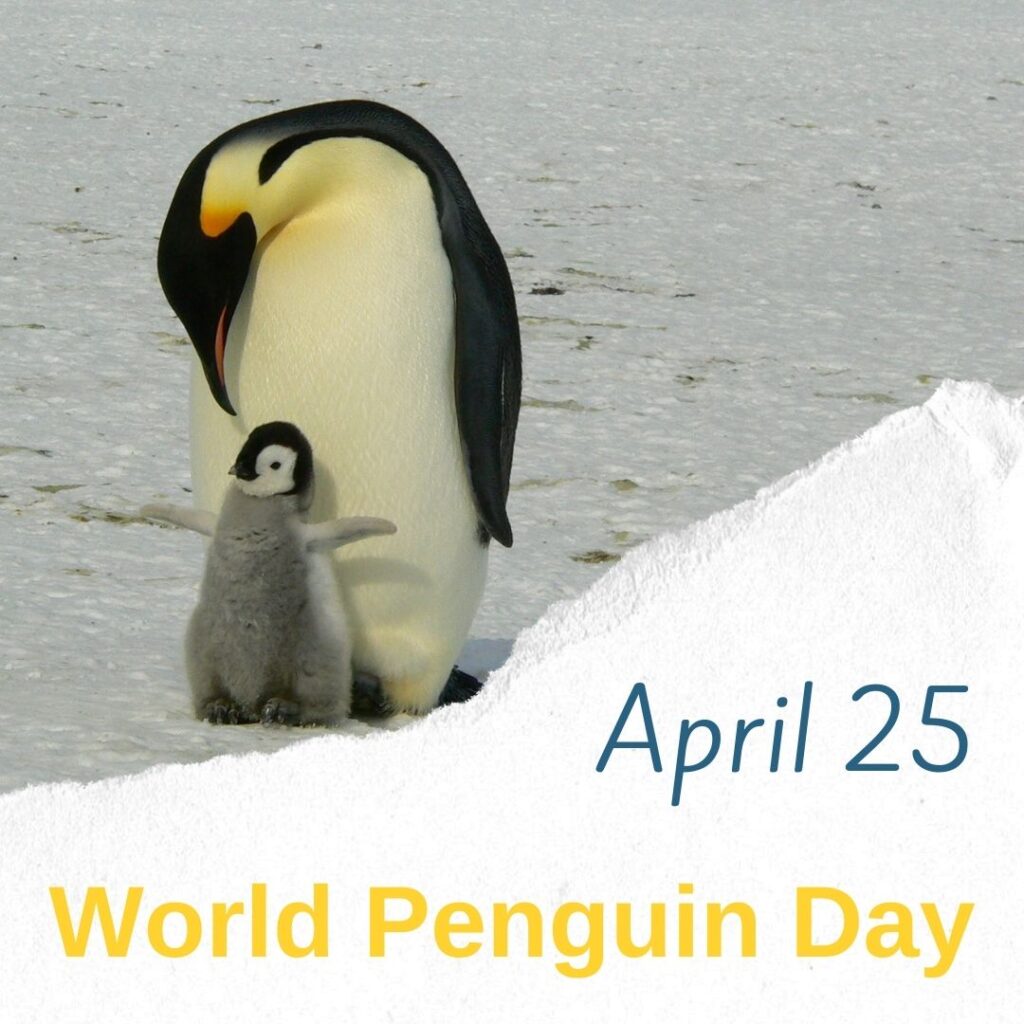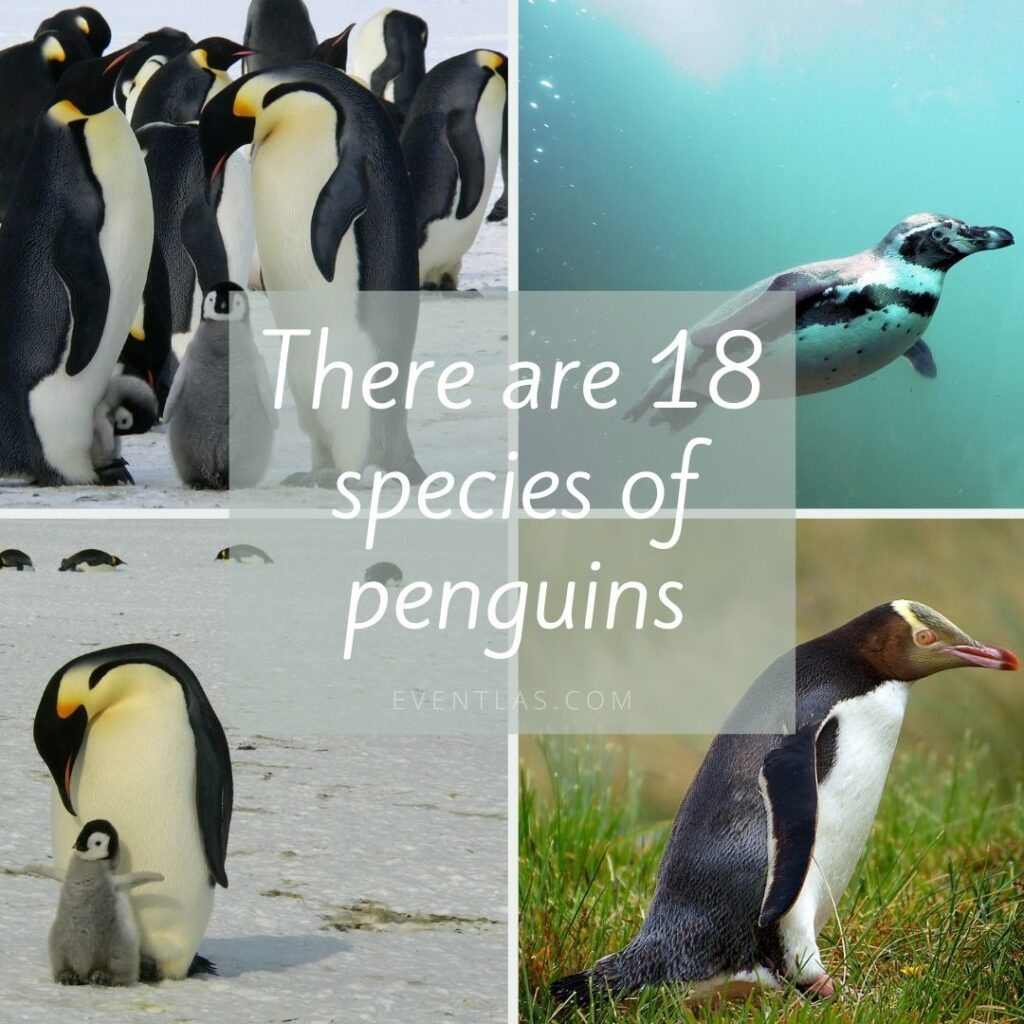World Penguin Day is celebrated every year on April 25th. Penguins are one of the most iconic and distinct creatures on this planet. On this day, We can learn so much about these fascinating flightless birds.
World Penguin Day provides an opportunity to celebrate these seabirds and learn more about them. Some penguin species are endangered and pollution, habitat loss, and climate change are some of the main threats to their populations and wellbeing. This holiday encourages people to work toward the wellbeing of penguins.
You can celebrate World Penguin Day by visiting your local zoo or aquarium. You can also donate to a non-profit organization working for the wellbeing of these aquatic birds and post about this holiday on social media.
World Penguin Day will be celebrated on Friday, April 25, 2025.

Interesting Facts about Penguins
Let’s learn more about these majestic seabirds on World Penguin Day.
There are 18 extant species of penguins. Emperor is the largest of all species and can grow over 4 ft tall and weigh as much as 45 kg (nearly 100 pounds). The little blue penguin, also called fairy penguin or blue penguin, is the smallest of all species, standing at an average height of about 30 cm and weighing between 1 to 1.5 kg.
In 2019 archaeologists found the largest penguin fossils in New Zealand. It is estimated that this giant animal was 1.6m tall and weighed up to 80 kg.
They are carnivores and spend most of their lives in the ocean and catch their prey live in the sea. To catch the prey they can dive over 1800 feet deep and a penguin can hold its breath between 7 to over 20 minutes depending on the species.
Emperor penguins can dive to about 1,850 feet below the surface – deeper than any other bird in the world.
The lifespan of little blues is normally 6-7 years, but according to some studies a few individuals can live as long as 25 years in the wild.
To escape the wind and warm themselves, emperor penguins huddle together with individuals taking turns moving to the protected and relatively warm interior. Once a penguin has warmed a bit it will move to the outer circle so that one of its group members can enjoy the warmth.
Female emperor penguins lay a single egg and leave it behind to go on a hunting trip that lasts around two months. Males keep the egg warm by standing and balancing the egg on their feet and covering it with feathered skin called a brood pouch.
During the two-month period of incubating and babysitting male emperors eat nothing and keep the egg and the chick warm. Outside of their warm brood pouch, a chick could die in minutes because of freezing antarctic temperature.
Gentoos are the third largest penguins and the world’s fastest underwater birds as they can reach speeds of up to 22 mph.
These flightless aquatic birds mainly prey on fish, krill, squid, and crabs and swallow their prey whole.
A gland filters out salt from their bloodstream, allowing them to drink ocean water.
While some species are endangered, the chinstrap is the most abundant penguin in the antarctic.
Rockhoppers penguins are found hopping rather than waddling, thus the name “rockhopper”.
African penguins, also called black-footed penguins, Cape penguins, or South African Penguins are found along the coasts of Namibia and South Africa. They are also called jackass penguins due to their donkey-like calls.
The largest colony of chainstrap penguins is on the uninhabited South Sandwich island of Zavodovski and hosts over 2 million birds.
Female chainstraps lay two eggs in a nest and both parents share the incubation duty and chicks hatch after about 37 days.

Related Events



